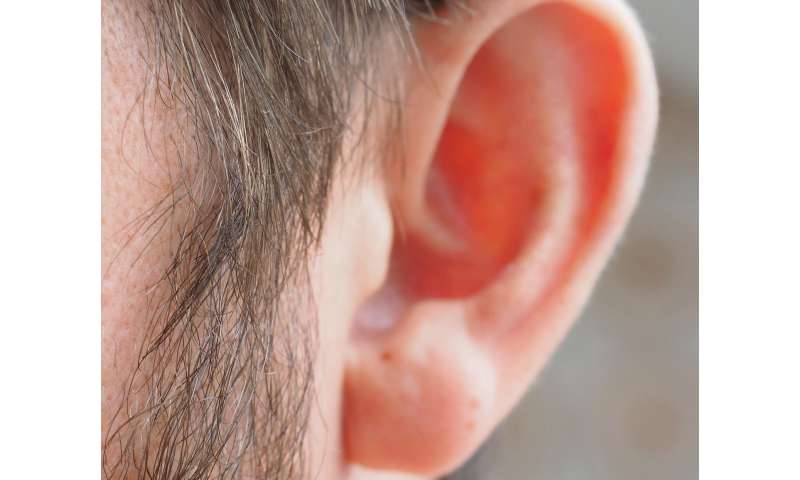Cauliflower ear: All you need to know


As a young anatomist, I was fascinated by an ancient Greek sculpture at the National Museum in Rome known as Boxer of the Quirinal. The bronze figure has dark voids for eye sockets and very odd ears. The sculptor depicted in great detail the boxer’s cauliflower ear. Watching the Rugby World Cup recently, I was reminded of it.
Cauliflower ear is a deformity caused by blunt trauma that is common among rugby players, but it can happen to anyone involved in contact sport, including wrestlers (it is also known as wrestler’s ear), martial artists and boxers . Oddly enough, it has even been reported in piano movers.
We do not know exactly what percentage of people have cauliflower ears, but we know from one study that 39-45% of the wrestlers have this condition.
Unique anatomy
We suffer blunt trauma to other parts of our bodies, so why don’t we have cauliflower toes or kneecaps? The answer lies in the unique anatomy of the pinna—the ear to you and me.
The ear is composed of a thin plate of elastic cartilage covered by skin, with a couple of very small muscles, nerves and vessels between the skin and the cartilage. The cartilage is covered by a membrane called perichondrium and both the skin and the cartilage are firmly attached to this membrane. This firm adherence leaves no room for expansion, which is why even a small collection of fluid in the ear causes severe pain.
Every tissue in the human body needs a constant supply of blood to survive and cartilage is no exception. But what is unique to cartilage is that it doesn’t have its own blood vessels. It relies on the perichondrium for nutrients and oxygen. To make matters worse, cartilage tissue lacks the ability to heal itself when damaged.
https://youtube.com/watch?v=cHgrqOIXoN8%3Fcolor%3Dwhite
How it happens
It is obvious that not all traumas to the ear cause cauliflower ear. For it to happen, the trauma has to be significant enough to cause the skin to tear away from the cartilage. As a result of this type of trauma, the perichondrium separates from the cartilage that it covers and creates a potential space. The blood vessels of the perichondrium rupture and blood accumulates in the space between the perichondrium and the cartilage, forming a haematoma (a build up of blood within tissue).
The hematoma, in turn, forms a barrier, disrupting not only the blood flow to the perichondrium but also the flow of oxygen and nutrients to the cartilage.
If the hematoma is not drained quickly and properly, and further bleeding is not prevented, it triggers a series of events, leading to death of the cartilage cells, development of a type of scar tissue (fibrosis), and distortion and formation of new cartilage from the perichondrium. But this new cartilage is fundamentally different than normal elastic cartilage.
Later, calcium builds up in the tissues (called calcification), which further complicates the process. All these changes eventually result in a rather unattractive appearance known as cauliflower ear.
Live medal
If you play contact sports, such as rugby or wrestling, and you want to avoid cauliflower ear, the best thing you can do is wear protective headgear or earguards. These devices can practically eliminate the risk of getting one.
If you do happen to get cauliflower ear, it is treatable, but the treatment is expensive and success is not guaranteed. It all depends on how soon you seek help and the size and extent of the damage. The hematoma can be drained with a syringe or a small incision on the ear followed by applying pressure on the area with tight dressing and tape.
Source: Read Full Article